Content
Enforcing IP rights
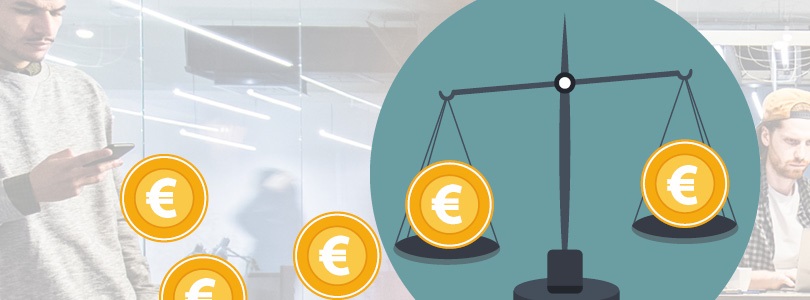
Your intellectual property is in danger
More globalisation also means more opportunities for counterfeiters. In 2022, around ![]()
![]() 86 million forged products were confiscated within the EU as well as at the external borders of the EU, amounting to a value of over two billion euros! According to the
86 million forged products were confiscated within the EU as well as at the external borders of the EU, amounting to a value of over two billion euros! According to the ![]() German Economic Institute [in German], the damage for German companies in the year 2019 added up to 54.4 billion euro. No doubt about it: If you don’t defend your intellectual property, you will lose money.
German Economic Institute [in German], the damage for German companies in the year 2019 added up to 54.4 billion euro. No doubt about it: If you don’t defend your intellectual property, you will lose money.
Enforcing IP rights– how do others do it?
The VDMA (Verband Deutscher Maschinen- und Anlagenbau, German Mechanical Engineering Industry Association) conducted a survey amongst some of its members and published the following findings in their ![]() Product Piracy Study 2022:
Product Piracy Study 2022:
- More enforcement in total: Two thirds of the counterfeits that participants detected were prosecuted. The preferred option was initial measures outside of court, which were applied in 58% of the cases.
- Reduced damage to companies: Compared to the previous survey in 2020, the total damage to companies in the mechanical engineering sector was reduced by 1.2 billion to 6.4 billion euros. The authors suspect this could be due to an increase of enforcement measures.
- Few court proceedings: Only every 7th questioned SME indicated that they initiated judicial proceedings after detecting a forgery. However, amongst big companies this number amounted to 50 %.
Alternative dispute resolution (ADR) - good advice doesn't have to be expensive
ADR stands for “Alternative Dispute Resolution” and includes voluntary procedures such as mediation and arbitration. A neutral person helps the parties to the dispute to find a solution together that is advantageous for both sides. The aim is to avoid the costs, risks and complexity of court proceedings. As such proceedings are usually quicker, they are also more cost-effective.

How does ADR work at the EUIPO?
For example, the Mediation Center of the European Union Intellectual Property Office (EUIPO) offers ADR services for disputes concerning EU trademarks, registered Community designs (designs) or geographical indications for craft and industrial products. The parties to the dispute can request the Mediation Center of the European Union Intellectual Property Office (EUIPO) unilaterally or jointly for an alternative dispute resolution, see the ![]() EUIPO application form. The service is free of charge if it takes place online or directly at the EUIPO headquarters in Alicante (Spain).
EUIPO application form. The service is free of charge if it takes place online or directly at the EUIPO headquarters in Alicante (Spain).
Important notes:
- Both parties must agree to the use of ADR.
- The application can be filed at any time after filing a complaint.
- In addition to EUIPO-related disputes, other topics such as copyrights, domain names or patents can also be included in the procedure.
Course of a typical mediation or conciliation procedure:
1. Opening:
The mediator or conciliator explains the procedure.
Both parties briefly present their points of view and agree on the topics to be discussed.
2. exploration and negotiation:
The mediator talks to the parties in separate or joint sessions.
Information from separate meetings remains confidential unless the parties agree to disclose it.
As soon as the parties are ready, specific terms of an agreement are negotiated.
3. finalisation:
Agreement: The parties sign an agreement that is acceptable and binding on both sides.
No agreement: The parties may try another ADR method or return to the main proceedings (before the EUIPO or court).
Further information
and helpful case studies can be found in the newly published brochure ![]() Alternative Streitbeilegung in der Praxis (1,4 MB) (in German), the file is not barrier-free.
Alternative Streitbeilegung in der Praxis (1,4 MB) (in German), the file is not barrier-free.
Picture 1: iStock.com/skynesher, DPMA, weitere Bilder: DPMA, Bild 5: EU IPO
Last updated: 10 December 2025
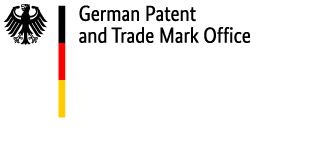
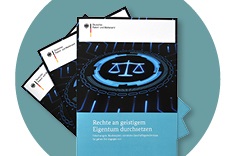
 Read more
Read more
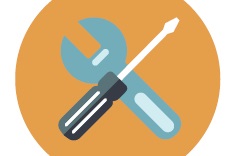
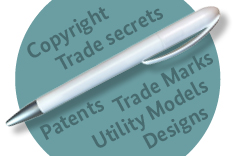
Not only protecting innovations
Social Media